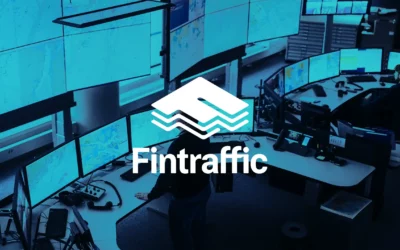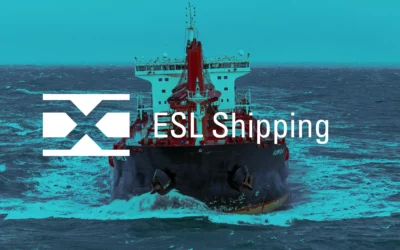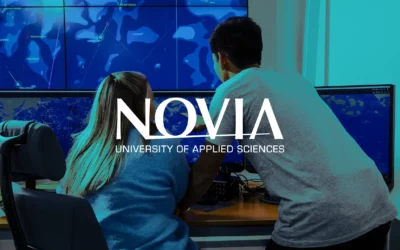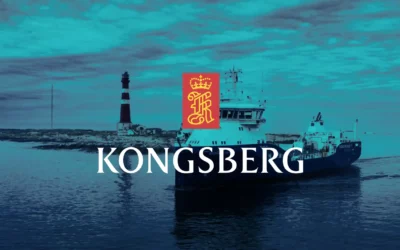The Remote Pilotage MVP project runs for 1,5 years. The research and development work is divided into seven work packages, in which the lead is taken by different partner companies or Novia UAS.
WP1: Defining Remote Pilotage Services
Lead Partner: Novia University of Applied Sciences
WP1 aims to define and design the Remote Pilotage Service, ensuring it can be implemented globally without major investments in new technology or infrastructure. The work involves summarizing findings from the S4VF project’s findings, collecting and analyzing key guidelines, regulatory notices, and industrial standards, and defining the concept of operations (ConOps) for Remote Pilotage Service. The ConOps describes the characteristics of the service from all key stakeholders’ perspectives and includes the main parts of the fairways. Identifying risks and exceptional situations using the HAZID technique and verifying and validating the ConOps are also essential tasks. The output includes the results from the S4VF project, a draft ConOps version, and a defined Remote Pilotage Service (RPS) to identify fairway information and create the RPS.
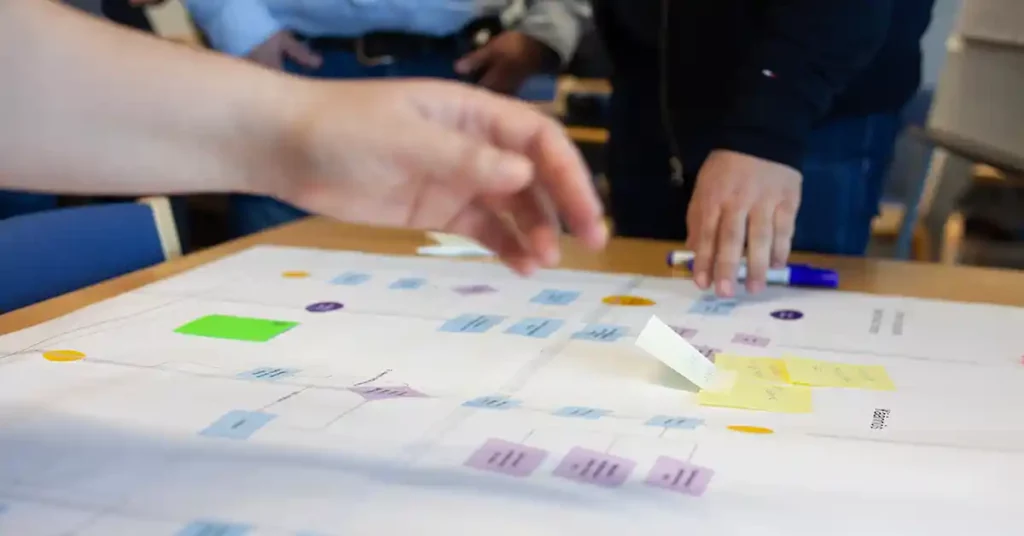
WP2: Remote Pilotage Solution
Lead Partner: Novia University of Applied Sciences
WP2 focuses on defining and developing the minimum viable product (MVP) for the remote pilotage solution, which can serve as a basis for standardization. The work includes identifying relevant results and lessons learned from the S4VF project, defining system elements and requirements, and producing system-level architecture and interfaces for the integrated system. Inputs come from the S4VF project, WP1, and technical fairway possibilities. Outputs include system requirements and descriptions for subsystem development, building test facilities, and conducting system-level tests and demonstrations.
WP3: Ship Data
Lead Partner: Brighthouse Intelligence
WP3 ensures that the necessary ship information is available to create the remote pilot’s situational awareness. Tasks include defining the minimum data set for the remote pilotage system, identifying challenges in obtaining data, finding solutions for these challenges, and studying ship data fusion and recording options. The project outlines the standardization of ship data collection systems and defines the Ship to Shore Connectivity solution, including cloud-based data collection and cybersecurity solutions. Inputs include findings from the S4VF project and WP2 and WP4 requirements, with outputs covering various data solutions and technology study reports.
WP4: Remote Pilotage ROC
Lead Partner: Kongsberg
WP4 aims to combine ship data and fairway information to define, develop, and test the Remote Pilotage ROC (Remote Operations Center) working environment. Tasks involve defining requirements for the shore-based ROC, creating a technical description, conducting industrial research on user experience, and studying alternative ways to provide situational awareness. Inputs are derived from the S4VF project and other WPs, with outputs focusing on the technical description of the MVP Remote Pilotage ROC and user experience reports.
WP5: Shared Situational Awareness
Lead Partner: Groke Technologies
WP5 identifies critical elements and defines solutions to create shared situational awareness (SA) between the remote pilot and the bridge crew. Tasks include identifying and defining critical SA elements, studying how SA systems can help identify and analyze risks from other traffic, assessing needs, and mapping alternative solutions. Inputs come from WP1 and WP2, with outputs providing descriptions of critical SA elements and mock-ups for map-based solutions.
WP6: Fairway Information
Lead Partner: Fintraffic
WP6 aims to improve situational awareness and safety in remote pilotage operations by distributing fairway information and providing new fairway services. It also seeks to ensure seamless cooperation between the ship’s crew, remote pilot, and VTS operators. Tasks include studying roles and interactions through workshops and experiments, defining operational processes, and identifying fairway information and services for the Remote Pilotage MVP solution. Outputs include technical possibilities for improved SA and cooperation processes.
WP7: System Level Testing and Demonstration
Lead Partner: Furuno
WP7 ensures the practical integration of subsystems through system-level testing and demonstration. It collects information about the Remote Pilotage MVP system, makes necessary adjustments, and demonstrates the system to target groups, gathering information for future research. Tasks include planning system tests, building the testing environment, implementing integration tests, and demonstrating the MVP system. Outputs include a testing environment, executed integration tests, demonstrations, and a report on future research needs.


